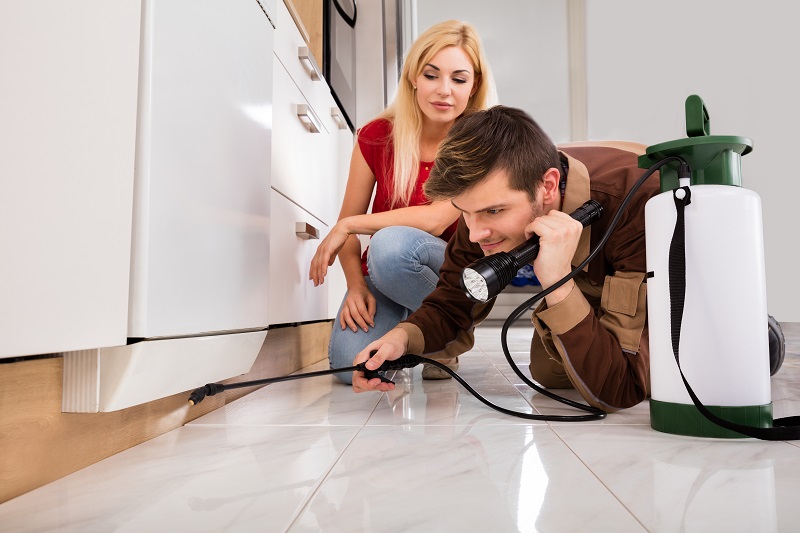Pest inspection involves the inspection of an area to look for house-damaging pests such as termites, powder post beetles or insects such as carpenter ants and cockroaches.
The inspection is best done by a professional pest inspector, who knows everything about the types of pests and their potential damages. One should hire a professional pest inspector only as it is difficult for an untrained and an inexperienced individual to tell the difference between heaps of dirt that is gathered by an earthworm and scraps of wood left behind by a swarm of termites.
The process of pest inspection

pest inspection
During pest inspection, an expert technician, who is qualified for the job, visits your place and inspects every nook and corner of your house. A technician, usually, maintains a checklist of all the possible points in your house that have a high probability of pest infestation. These are also, usually, the entry points from which the pests make their way into the houses.
These entry points include:
- Cracks in the foundation
- Gaps in windows and doors
- Roofs
- Basements
- Garages
- Chimneys
- Attics
These places are most prone to pest infestation. However, in most of the cases, pest problems start from the foundation of the house. This is the reason as to why the technicians check the length and breadth of the foundation and then look for any potent reasons behind any damage.
Three steps of pest inspection

pest inspection
The entire process of pest inspection includes three different steps, these are:
1. Outdoor inspection:
The first step is the outdoor inspection where, the technician examines the areas surrounding your house. He looks for a possibility of pest infestation in small holes, cracks or any other place that can possibly allow the entry of insects or rodents into the house. The exteriors of the house, especially the foundation, are more prone to pests, such as termite mud tubes or nests. There is also a possibility of neighboring houses or surrounding areas contributing to the pest infestation in your house.
2. Indoor inspection:
The second step involves the indoor inspection where, the exterminator will check areas such as the insides of cabinets, baseboards, basement of the house and attic. Inside the house, there is a high probability of finding mice, rodents, ants, roaches and other pests. You can find clear evidences of the presence of the pests in the cabinets or other places in your house by pest droppings or half eaten foods. On the other hand, attics and basements of the house are often the places where pest infestation goes completely unnoticed, until it gets very obvious and severe.
There have been several instances during pest inspection where, technicians have found live creatures inside the house.
3. Evaluation and Recommendation
This is the final step where, the results of pest inspection are evaluated. After the pest inspection, technicians evaluate the situation of the house and then suggest the right course of action. It may involve a comprehensive program such as termite control program or may simply require setting up of traps to catch mice and rodents.
Pest inspection is quite essential as it also makes it clear for the owner of the house if the house requires a pest control program to be performed annually, semi-annually, quarterly or monthly. It is an extremely important inspection that must be carried out before one decides to buy a new house or a property. Most often it is the buyer of the house who has to bear the expenses of pest inspection or other inspections such as building inspection.




